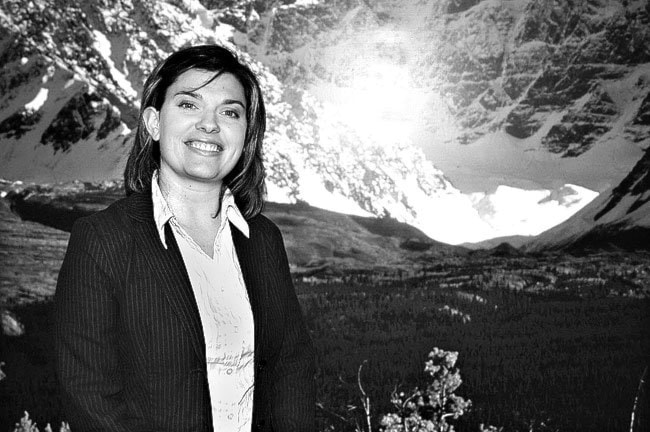It was the first night of the SS Keno’s historic final voyage from Whitehorse to Dawson City.
The boat was caught in a strong current in the Yukon River and it was getting dark.
The crew was nervously scouting the shores for a safe place to spend the night.
“All we could see was trees, rocks and water on both sides,” wrote Stan Horner, who worked as a labourer and fireman on the SS Keno during its last river trip in August of 1960.
“Suddenly Frank grabbed the controls, swung the boat around 180 degrees, pulled over to port shore and shut everything down.
“When daylight arrived I was the first to see we had tied up right where Frank wanted us - At Lower Laberge, tucked right in beside an old boat wreck.
“We were all astonished at the knowledge and ability of Frank Slim.”
Slim, an experienced river pilot and the only First Nations man to earn riverboat captain’s papers at that time, came out of retirement to pilot the Keno, the last British Yukon Navigation Company sternwheeler to run the Yukon River.
August 25, 2010 marks the 50th anniversary of this voyage.
To celebrate the occasion the MacBride Museum of Yukon History and local history enthusiast and artist Pat Ellis created a display to commemorate the Keno: Its life running cargo down Yukon’s rivers, its historic final voyage, and the people whose work earned the steamer a venerated place in Yukon History.
The display opens in the Hougen Heritage Gallery at Arts Underground on August 20 from 5 to 7 p.m., and will continue until November.
Built in 1922, the Keno was mainly used to haul silver-lead ore mined at Keno Hill and Elsa.
Bags of galena (silver-lead concentrate) were stockpiled on the dock at Mayo awaiting the arrival of the Keno, which pushed a barge to carry the rich ore up the Stewart River. At the junction of the Stewart and Yukon rivers it met with larger vessels, which then transported the cargo to Whitehorse and on to smelters in the United States.
“The SS Keno was part of the fleet that played a major part in the history of the Yukon Territory,” according to Parks Canada.
“Without the riverboats, the gold of the Klondike and the silver, lead, and zinc of the Mayo district would have remained in the hills for at least another half century, and the development of the Canadian West and North would have suffered in consequence.”
The Keno was taken out of service in 1951 when an all-weather road was completed to the silver mine. It sat in dry dock in Whitehorse until Parks Canada arranged to move it to Dawson City in 1960.
After some basic repairs the Keno was seaworthy and ready for its final journey.
Veteran pilot Emil Forrest was hired to guide the steamer down the Yukon River from Whitehorse to Dawson. Sadly, as Forrest was supervising the launch he suffered a heart attack and passed away.
Fortunately, there was another licensed pilot available, Slim, and he came of retirement to pilot the vessel.
An estimated 2,000 people came to the riverfront in Whitehorse to bid the ship goodbye.
When they reached Carmacks they had to manoeuvre the vessel beneath a bridge which had recently been constructed over the Yukon River.
To clear the bridge, the Keno’s crew had to remove the smokestack and then steer the ship backwards to have better control over the paddle wheel.
Then, at Minto, the sternwheeler ran aground on a sandbar and had to be dislodged. Cables were fastened to nearby trees and the Keno was painstakingly winched off the bar.
After that it was smooth sailing to Dawson City.
“When we arrived in Dawson City we were greeted by hundreds of residents in a cold rain,” wrote Horner.
The Keno was refurbished and now sits on the riverbank in Dawson City. Parks Canada declared it National Historic Site in 1962.
This column is provided by the MacBride Museum of Yukon History. For more information, or to comment on anything in this column e-mail lchalykoff@macbridemuseum.com.
